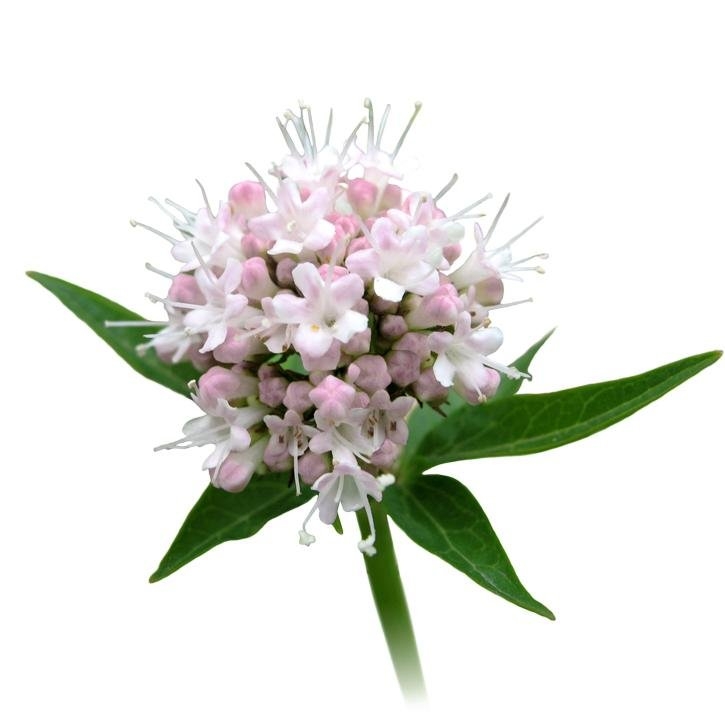Bibliography
Real Farmacopea Española, Suplemento 2001.
Plantas Medicinales. Thérapeutique-Toxicité. Christiane Vigneau. Masson, Paris 1985.
Herbal Drugs and Phytopharmaceuticals. Norman Grainger Bisset (Ed). Max Wichtl. CRC Press.1994.
Plantas Medicinales y Drogas Vegetales para infusión y tisana. Edición española a cargo de: Salvador Cañogueral, Roser Vila, Max Wichtl.1998.
Plantas Medicinales. Margarita Fernandez y Ana Nieto. Ed Universidad de Navarra. EUNSA 1982.
100 Plantes Medicinales. Max Rombi. Romart 1998.
Pharmacognosy, Phytochemistry, Medicinal Plants. Jean Bruneton. Lavoisier Publishing.
Fitoterapia Aplicada. J.B. Peris, G. Stübing, B.Vanaclocha. Colegio Oficial de Farmacéuticos de Valencia 1995.
Fitoterapia: Vademecum de Prescripción. Plantas Medicinales. Colaboran: Asociación española de médicos naturistas. Colegio Oficial de Farmacéuticos de Vizcaya.
Botanical Influences on IIIness. Melvyn R. Werbach, M.D. Michael T. Murray, N.D.
Plantas Medicinales. El Dioscórides Renovado. Pio Font Quer.
Guía de Campo de las Flores de Europa. Oleg Polunin. Ediciones Omega S.A. Barcelona, 1977.
Plantes Médicinales des régions tempérees. L. Bézanger-Beauquesne et M. Pinkas. M. Torch et F.Trotin Maloine S.A. Editeur. Paris 1980.
Farmacognosia. 2ª Edición. Jean Bruneton. Editorial Acribia, S.A. 2001.
Bulletin officiel Nº 90/22 bis. Ministère des Affaires Sociales et de la Solidarité.
French Public Health Code.
PDR for Herbal Medicines. Medical Economics Company, Montvale. Second Edition, 2000; pp 783-6.
Carretero E. Terpenos: Iridoides y sesquiterpenos. Panorama Actual Medicamento 2000; 24(239): 1115-9.
Blumenthal M, Goldberg A, Brinckmann J. Herbal Medicine, Expanded Commission E Monographs. Integrative Medicine Communications, Newton. First Edition, 2000; pp 394-400.
Benigni, R; Capra, C; Cattorini, P. Piante Medicinali. Chimica, Farmacologia e Terapia. Milano: Inverni & Della Beffa, 1962, pp. 1649-72.
Bézanger-Beauquesne, L; Pinkas, M; Torck, M. Les Plantes dans la Therapeutique Moderne. 2ª. Paris: Maloine, 1986, pp. 431-3.
Bézanger-Beauquesne, L; Pinkas, M; Torck, M; Trotin, F. Plantes Médicinales des Regions Tempérées. Paris: Maloine, 1980, pp. 366-7.
Bruneton, J. Elementos de Fitoquímica y Farmacognosia. Zaragoza: Acribia, 1991, pp. 277-9.
D'Arcy, PF. Adverse reactions and interactions with herbal medicines. Part II. Drug interactions. Adverse Drug React Toxicol Rev, 1993; 12 (3): 147-162.
European Scientific Cooperative On Phytotherapy (E.S.C.O.P.). Monographs on the medicinal uses of plant drugs. Fascicle IV: Valerianae radix. July, 1997.
James, A; Duke, Ph D. Handbook of Medicinal Herbs. 5ª. Boca Ratón, Florida: CRC Press, 1987, pp. 503-4; 523; 568.
Lastra, JJ; Bachiller, LI. Plantas Medicinales en Asturias y la Cornisa Cantábrica. Gijón: Ediciones Trea, 1997, pp. 264-5.
Paris, RR; Moyse, M. Précis de Matière Médicale. Tome III. Paris: Masson, 1971, pp. 386-95.
Peris, JB; Stübing, G; Vanaclocha, B. Fitoterapia Aplicada. Valencia: M.I. Colegio Oficial de Farmacéuticos, 1995, pp. 488-90.
Real Farmacopea Española. Madrid: Ministerio de Sanidad y Consumo, 1997, pp. 1866-7.
Rivera, D; Obón, C. La Guía Incafo de las Plantas Útiles y Venenosas de la Península Ibérica y Baleares. Madrid: Incafo, 1991, pp.148; 946-8.
Samuelsson, G. Drugs of Natural Origin. A Textbook of Pharmacognosy. Stockholm: Swedish Pharmaceutical Press, 1992, pp.133; 149.
Simón, R. Guía de Farmacología para Farmacéuticos y Médicos. Madrid: A Madrid Vicente, 1993, p. 29.
Trease, GE; Evans, WCh. Farmacognosia. México D.F.: Interamericana--MacGraw-Hill, 1991, p.568.
Van Hellemont, J. Compendium de Phytotherapie. Bruxelles: Association Pharmaceutique Belge, 1986, pp. 417-9.
Villar, L; Palacín, JM; Calvo, C; Gómez, D; Montserrat, G. Plantas Medicinales del Pirineo Aragonés y demás tierrras oscenses. 2ª. Huesca: Diputación Provincial, 1992, pp. 272; 287.
Wichtl, M. Herbal Drugs and Phytopharmaceutical. A Handbook for Practice on a Scientific basis. Stuttgart: Medpharm Scientific Publishers, 1994, pp. 513-6.
